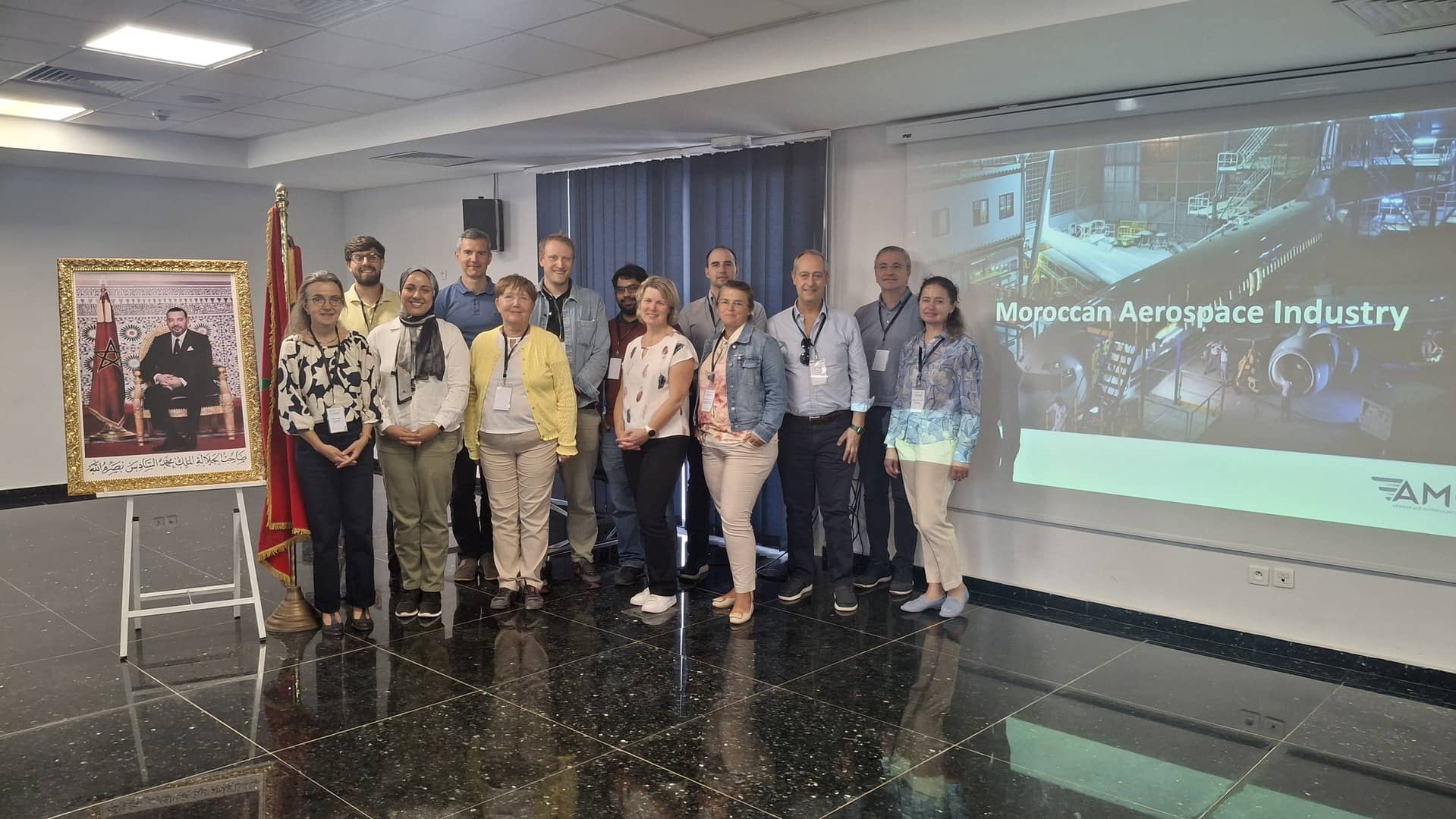We present the Book of Abstracts for the 2nd HISTRATE Conference — Advanced Composites under HIgh STRAin raTEs Loading: A Route to Certification-by-Analysis, held on 4th and 5th June 2025 in San Sebastian, Spain. Following the enthusiastic response to the first edition of HISTRATE conference, this year’s event reaffirms its role as a dedicated forum for specialists working at the intersection of composite materials, dynamic loading, and computational certification methodologies. Nestled between the rolling green hills of the Basque Country and the sparkling waters of the Bay of Biscay, San Sebastián offers a stunning setting for intellectual exchange.
As advanced composite materials play an increasingly central role in industries such as aerospace, automotive, defense, marine, and renewable energy where lightweight, high-performance, and impact-resistant structures are vital. The accurate understanding of their behavior under high strain rate conditions has become both a scientific and engineering imperative. In parallel, the concept of certification-by-analysis is gaining momentum as an efficient, reliable, and cost-effective alternative to traditional testing regimes. This shift relies fundamentally on the development of validated, high-fidelity numerical models capable of predicting material and structural responses under dynamic events with confidence.
The HISTRATE conference series was started to bring together an international community of researchers, engineers, industry representatives, and regulatory stakeholders to exchange knowledge, share new methodologies, and discuss both the advances achieved and the hurdles yet to be overcome in the domain of composites. The 2025 edition focuses particularly on integrating experimental, numerical, and analytical approaches to support and accelerate the transition towards certification-by-analysis for composite structures subjected to high strain rate loading.
This Book of Abstracts reflects the diversity, depth, and forward-looking spirit of the conference. It compiles contributions from 35 universities, 11 academic research centers, and 5 industrial research centers, covering a broad spectrum of topics. These include innovative experimental techniques for dynamic characterization, advances in constitutive modeling and failure criteria under high strain rates, multiscale simulation approaches, novel composite architectures for improved dynamic performance, and strategies for integrating numerical predictions into certification pathways. Emerging themes such as the use of artificial intelligence and machine learning in high-strain-rate material modeling, and the role of uncertainty quantification in predictive simulations, are also represented. The conference united authors from Belgium (2), Bulgaria (2), Czech Republic (3), Cyprus (1), France (1), Georgia (2), Germany (3), Greece (3), Ireland (1), Italy (5), Latvia (2), Lithuania (1), The Netherlands (2), North Macedonia (5), Poland (7), Slovakia (2), Turkiye (12), UK (9). One third of the corresponding authors are early career researchers.
The conference program features keynote lectures by experts from industry, technical sessions and poster presentations organized around thematic tracks in the COST CA21155 Working groups and the Action use cases, including research from early-career scientists. This dynamic format is designed to foster both formal and informal exchanges, encouraging collaborations that extend beyond the conference itself.
We wish to thank all the authors for their valuable contributions, the reviewers for their thorough evaluations, and the members of the organizing and scientific committees for their tireless work in shaping this conference. Special recognition is also due to our host from University of the Basque Country for their organizing efforts and generous support.
We believe this collection of abstracts will serve not only as a useful reference but also as a lasting record of the ongoing efforts to push the boundaries of composite material technology and certification practices under dynamic loading conditions.
The HISTRATE 2025 Organizing Committee



